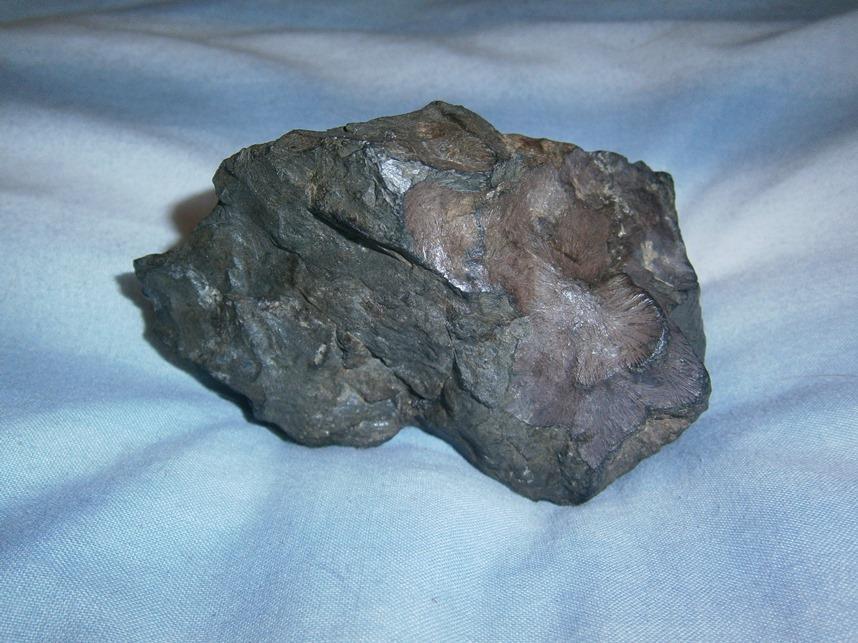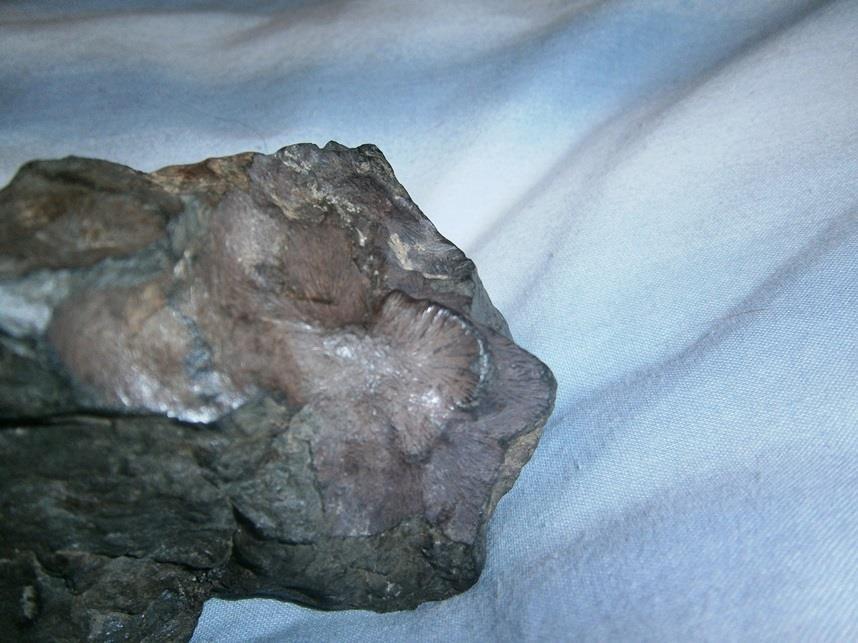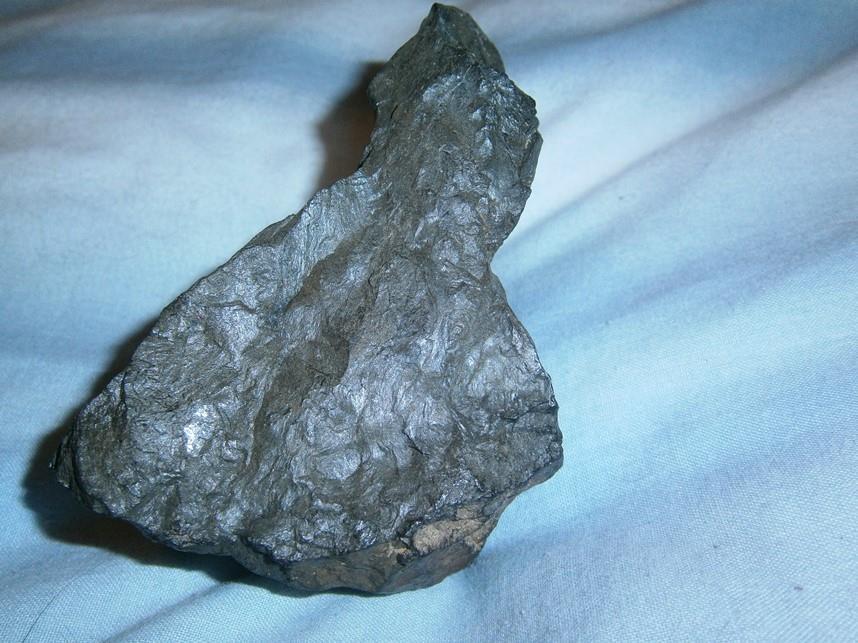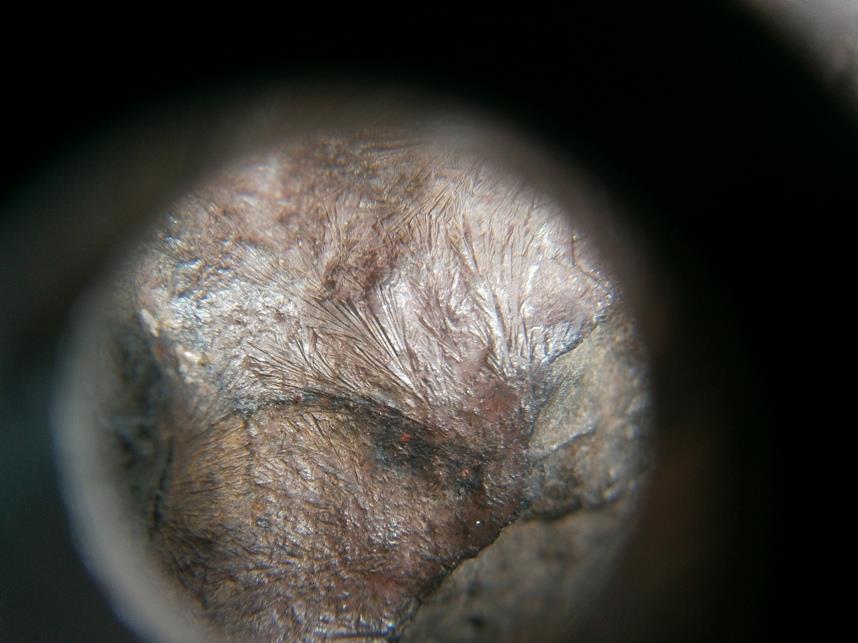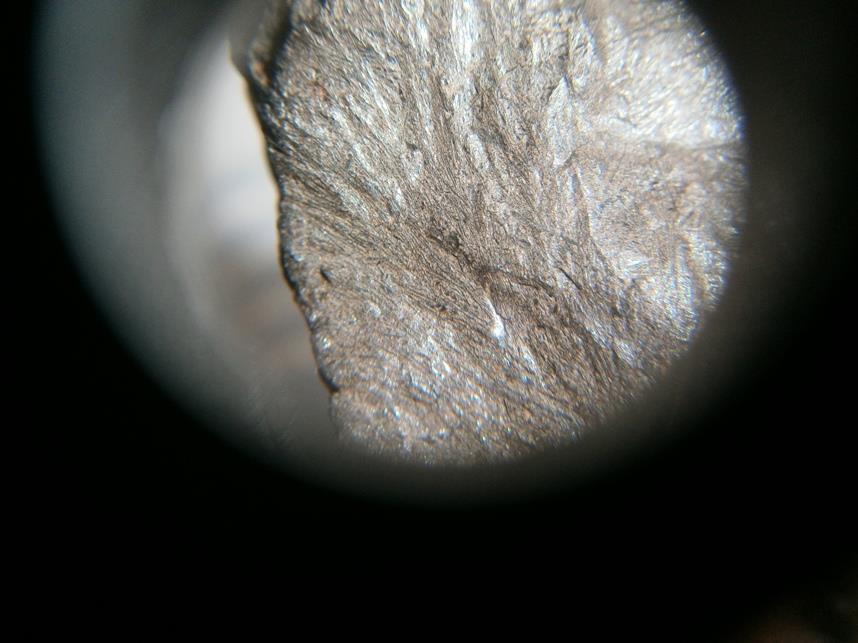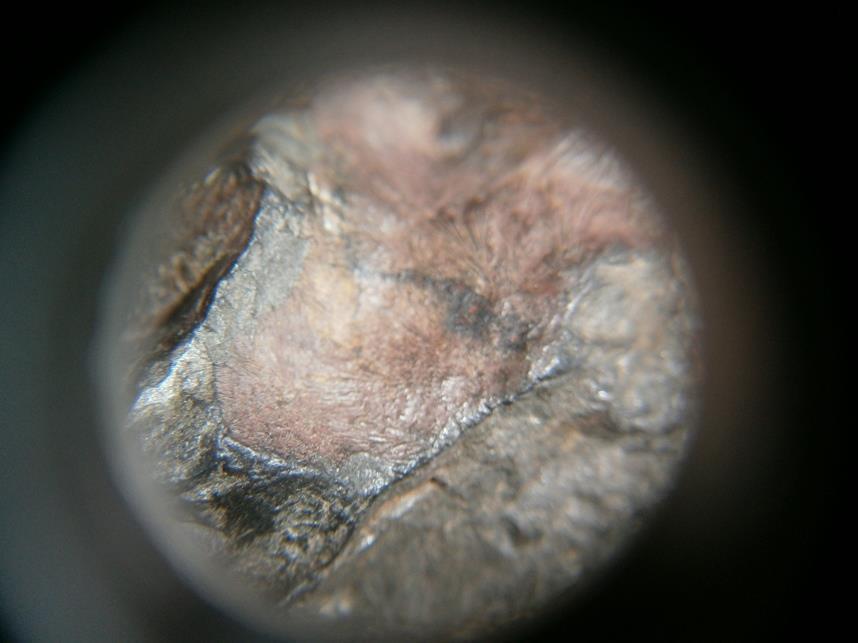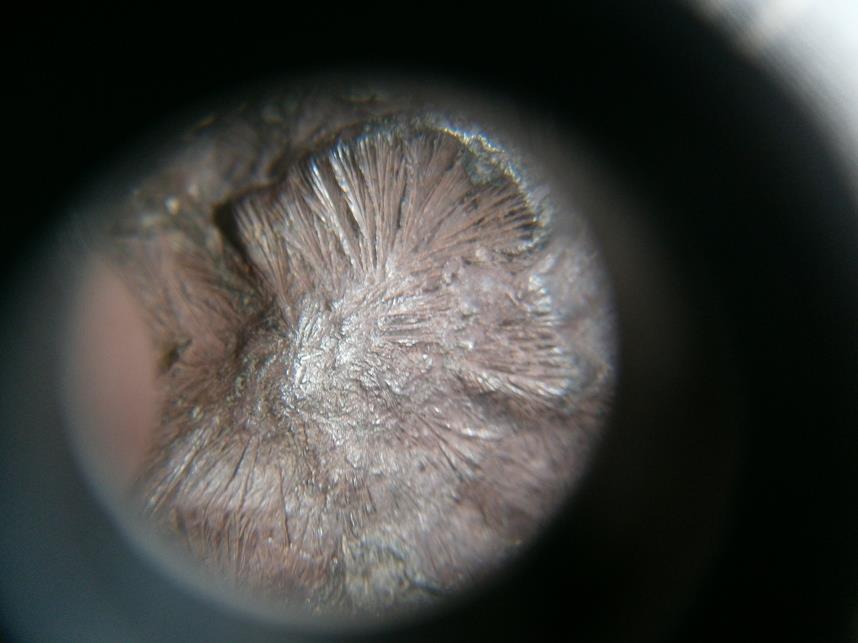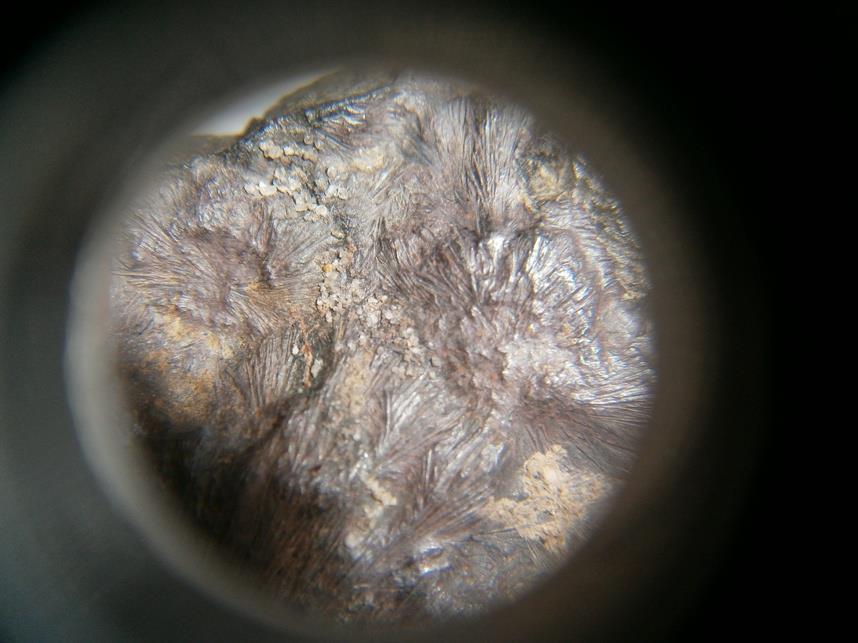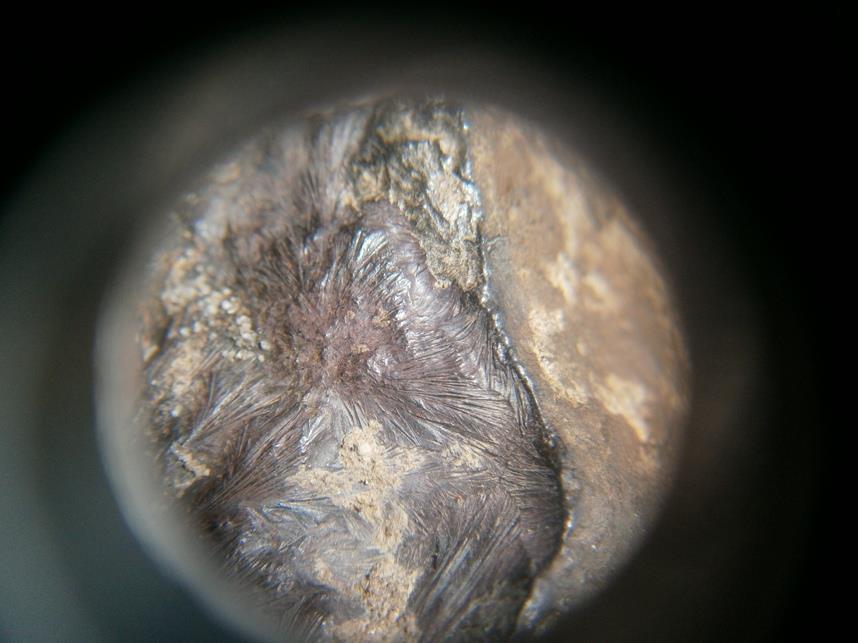It looks to me to be a nickel iron meteor fragment, very similar crystalline shapes boundaries to two small ones I found here in Qld.
The ones I had ( only have half of one left as I didn't know what they were at the time of finding) was very similar on the "incoming" side and appeared to have been slightly melted, on the reverse of that piece the structure was triangular hopper crystal structure.
Not knowing what they were I smashed one with a hammer and it broke in two, the appearance on the inside was exactly the same as the "grainy" side of yours.
My pieces were more brassy coloured and were found on a beach in salty water.
The amount of nickel would probably inhibit the magnet's influence.
I had a third I had been given by an opal miner as past of a rough parcel of boulder opal, it was very similar and weighed about 250 to 300 grams, was fully intact. It looked much like yours but was very heavy for it's size.
I forgot it was an the bucket and sold the opal along with the meteorite for three hundred dollars to a man that was desperate for some opal specimens

, been kicking myself ever since. :8
I still have the small half piece ...somewhere.
